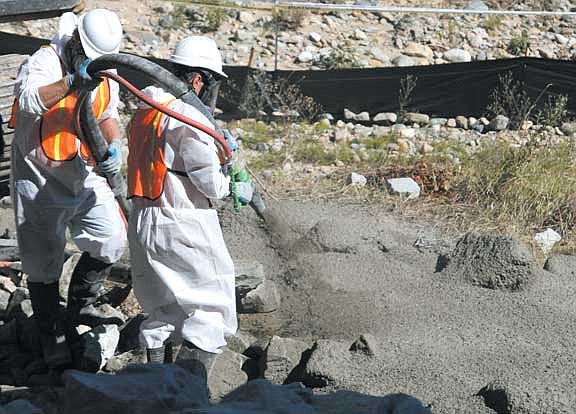EPA delists operable unit covering roads between Libby and Troy
The continued restoration of the Libby Asbestos Superfund site reached another milestone earlier this week when federal officials removed a portion of the project from its National Priorities List.
EPA officials announced the deletion of Operable Unit 8, which covers roadways between Libby and Troy, on Sept...
Become a Subscriber!
You have read all of your free articles this month. Select a plan below to start your subscription today.
Already a subscriber? Login



